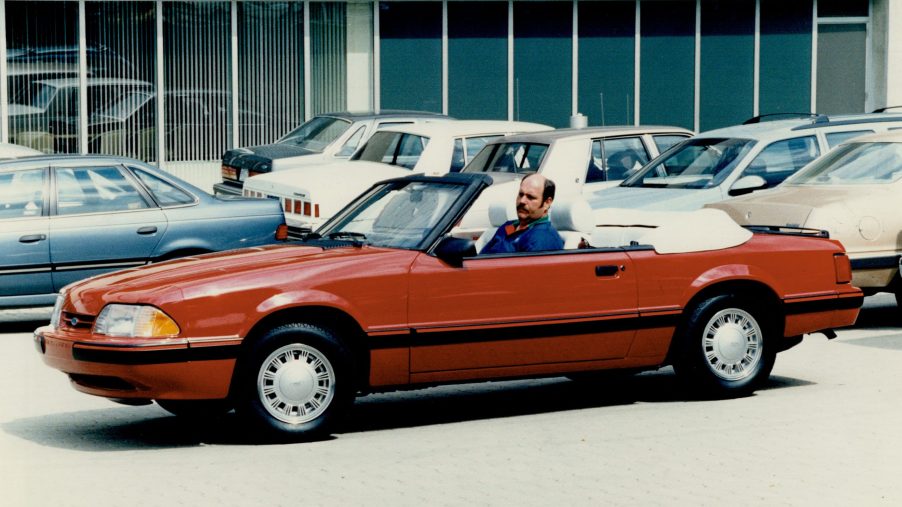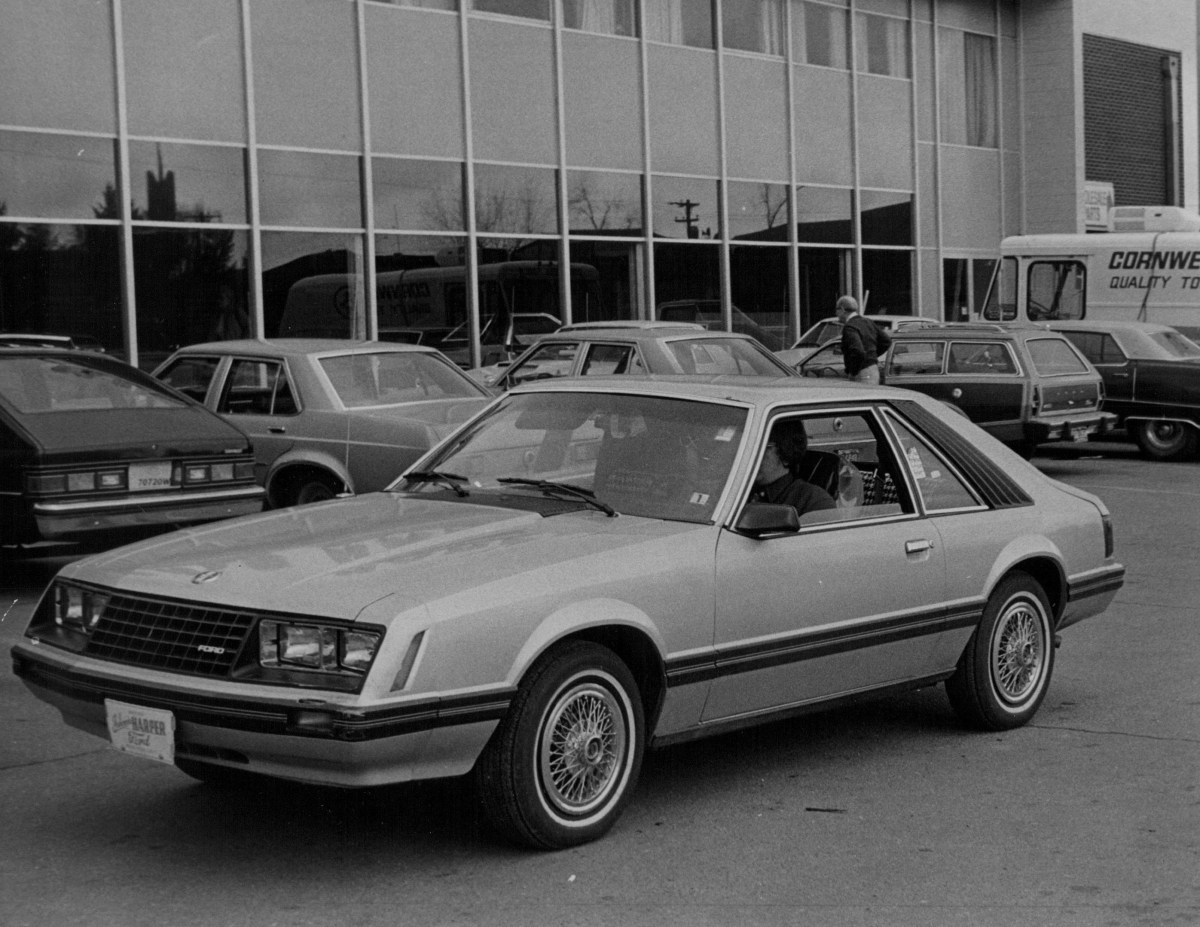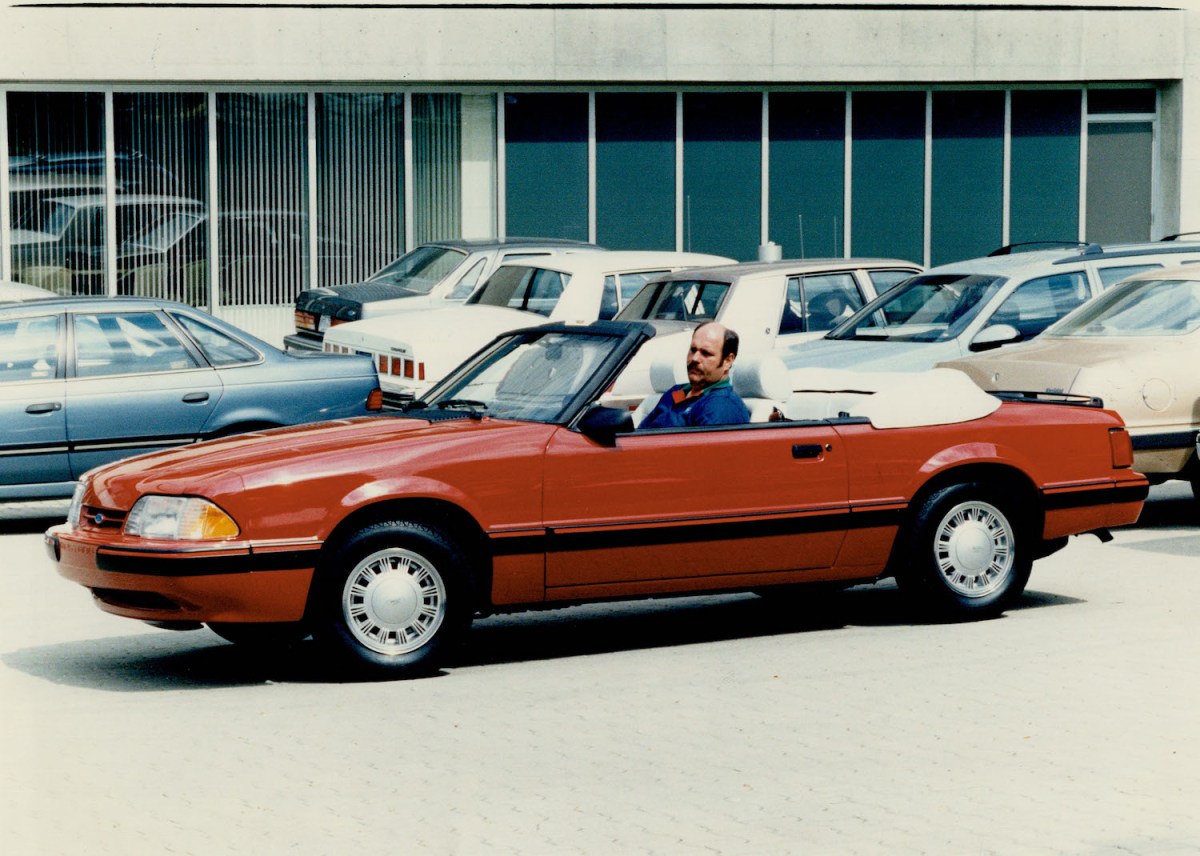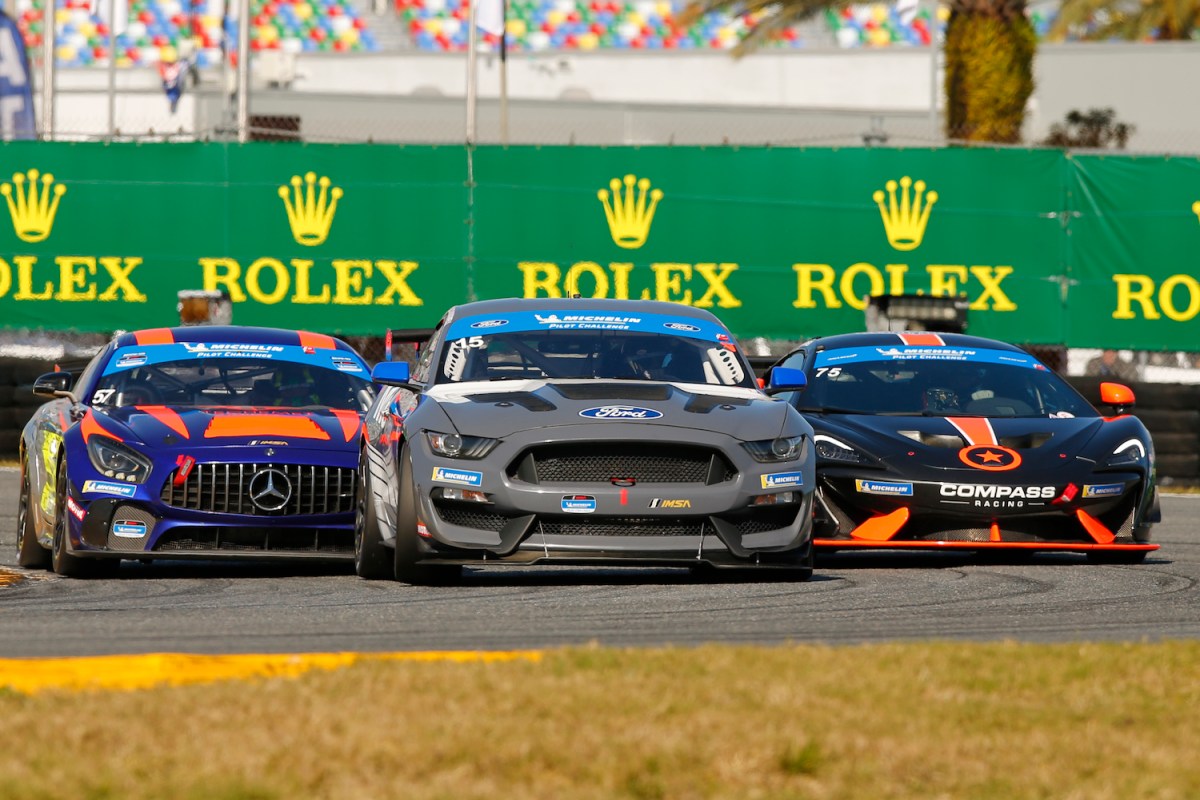
Why the Ford Mustang’s Third Generation Saw Sales Decline
It’s hard to find fault with the third-generation Ford Mustang, and it goes beyond nostalgia. There are practical failures to consider, like four-lug wheels and drum brakes, not to mention the lack of fuel injection until the mid-80s and the outright omission of power from its 5.0-liter V8 in the early years. Digression aside, 1985 fixed most of those problems, and a particular model fixed all of those problems the previous year. Without triggering Mustang fans with the recent Dodge Challenger triumph, why did Ford Mustang sales suffer in the 1980s and 1990s?
The third-generation Mustang wasn’t really in trouble until 1990

Coming off of the tailwind of the mighty Fairmont, sales in 1979 were quite strong at 369,936. Unfortunately, the third-generation Mustang never saw anywhere close to that number again. The next best-selling year was 1980, which saw 271,322. Ford saw a sharp decline in Mustang sales after that until 1986, when it finally breached the 200,000 barrier. Coincidentally that was the first year that every Mustang engine got fuel injection. Sales went up, and up until on the dot, 1990 came around, and the sales took another massive hit. Sales dipped below 100,000 when 1991 reared its ugly head.
Ford priced the Mustang through the roof

A theory brought on by Mustang Specs suggests sales declined because the Ford Mustang GT’s price upped to $13,986. The LX barely scraped under $10,000. The theory holds water when you consider the Mustang GT power didn’t really change from 1987 through 1992. In fact, the Mustang’s horsepower dropped from 225 to 205 in 1993. The price hiked above $20,000 in 1992, which saw the lowest sales of the entire third generation. A glimmer of hope ironically came in the form of less horsepower and cheaper parts.
The third-generation Ford Mustang crawled out of its dry money well
“Put it down” was whispered by little devils on Ford Exec’s shoulders by the end of 1992. Just as big blue was guiding the Mustang out to pasture with a double-barrel snug under its arm, the 1993 model year came around and turned the tide. Sales jumped 44-percent, from 79,280 in 1992 to 114,228. The 1993 model introduced the Cobra and Cobra R, along with a CD player. It also got cast hypereutectic pistons in the V8. In other words, it’s hard to say what drove sales that year.
Ford’s Mustang trots on healthier than ever

A team of Ford executives saved the Mustang with a $550 million budget to redesign the car. They made an affordable V8 coupe with a reinforced chassis and a borrowed third-generation engine. Since then, the Mustang has only gotten better. Its 1996 model year saw a single-overhead-cam engine, 1999 saw a significant horsepower increase, and the early 2000s shined bright with Cobras and supercharged Terminators. Now the Mustang has independent rear suspension, 460 horsepower, and defends U.S. shores from M3s.


